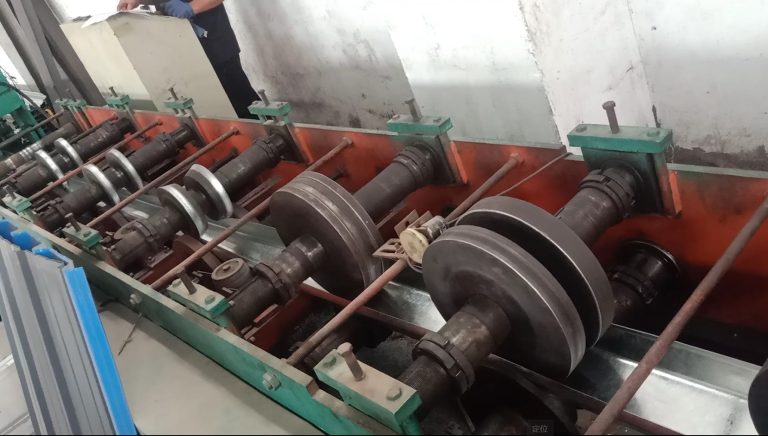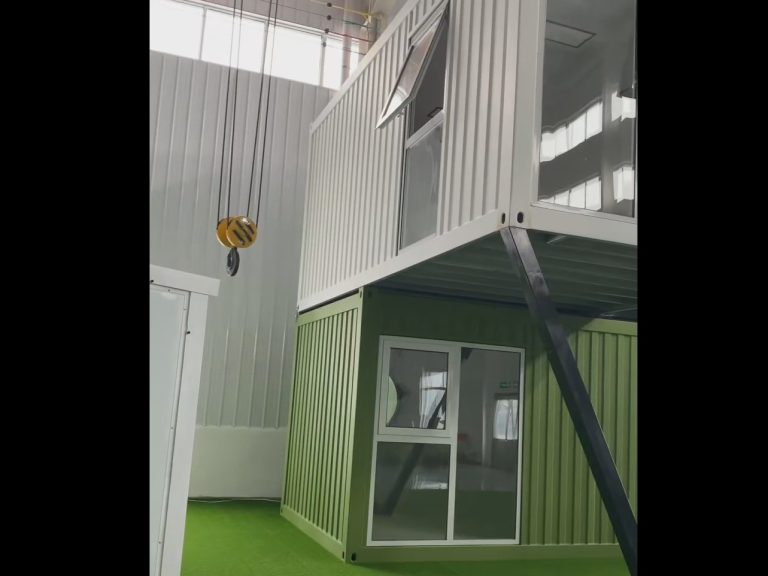Table of Contents
Benefits of Sand Blasting and Rust Removal Technology in Steel Frame Production
Sand blasting and rust removal technology have long been essential processes in the production of steel frames. These techniques are crucial for ensuring the quality and durability of steel structures, as they help to remove surface contaminants and corrosion that can compromise the integrity of the material. In recent years, there has been a growing interest in studying the application effect and process optimization of sand blasting and rust removal technology in steel frame production.
One of the key benefits of using sand blasting and rust removal technology in steel frame production is the ability to achieve a clean and uniform surface finish. By removing rust, scale, and other contaminants from the surface of the steel, these techniques help to create a smooth and even surface that is ideal for painting, coating, or other finishing processes. This not only improves the aesthetic appearance of the steel frame but also enhances its resistance to corrosion and other forms of degradation.
Another advantage of sand blasting and rust removal technology is the ability to improve the adhesion of coatings and paints to the surface of the steel. By removing surface contaminants and creating a roughened surface profile, these techniques help to promote better adhesion between the steel and the protective coating. This, in turn, helps to prolong the service life of the steel frame by providing an additional layer of protection against environmental factors such as moisture, chemicals, and abrasion.
In addition to improving the surface finish and adhesion of coatings, sand blasting and rust removal technology also play a crucial role in enhancing the structural integrity of steel frames. By removing rust and corrosion from the surface of the steel, these techniques help to prevent the spread of damage and deterioration within the material. This is particularly important in applications where the steel frame is subjected to harsh environmental conditions or mechanical stresses, as any weaknesses or defects in the material can compromise its load-bearing capacity and overall performance.
To study the application effect and process optimization of sand blasting and rust removal technology in steel frame production, researchers have conducted a series of experiments and analyses to evaluate the effectiveness of these techniques in different scenarios. These studies have focused on factors such as the type of abrasive material used, the pressure and velocity of the blasting process, and the duration of exposure to the abrasive material. By varying these parameters and observing the resulting effects on the surface finish, adhesion, and structural integrity of the steel frame, researchers have been able to identify the optimal conditions for achieving the desired outcomes.
Overall, the application of sand blasting and rust removal technology in steel frame production offers a wide range of benefits, including improved surface finish, enhanced coating adhesion, and enhanced structural integrity. By studying the application effect and process optimization of these techniques, researchers have been able to develop a better understanding of how to maximize the effectiveness of sand blasting and rust removal technology in various production scenarios. This knowledge can help manufacturers and engineers to optimize their processes, improve the quality of their products, and ultimately enhance the performance and longevity of steel frames in a variety of applications.
Process Optimization Techniques for Sand Blasting and Rust Removal in Steel Frame Manufacturing
Sand blasting and rust removal are essential processes in the production of steel frames. These techniques help to ensure that the steel frames are free from rust and other contaminants, which can compromise the structural integrity of the final product. A recent study has been conducted to evaluate the application effect and process optimization of sand blasting and rust removal technology in the production of steel frames.
The study found that sand blasting is an effective method for removing rust and other contaminants from steel surfaces. The process involves using compressed air to propel abrasive materials, such as sand or steel shot, at high speeds onto the surface of the steel frame. This abrasive action helps to remove rust, paint, and other contaminants, leaving behind a clean and smooth surface.
One of the key findings of the study was that the application of sand blasting technology can significantly improve the quality of the steel frames. By removing rust and other contaminants, the process helps to ensure that the steel frames meet the required standards for strength and durability. This is particularly important in industries where steel frames are used in critical applications, such as construction and manufacturing.
In addition to improving the quality of the steel frames, the study also found that sand blasting can help to increase the efficiency of the production process. By removing rust and other contaminants from the steel surfaces, the process helps to reduce the time and effort required for subsequent finishing processes, such as painting or coating. This can lead to cost savings and improved productivity for manufacturers.
However, the study also identified some challenges in the application of sand blasting technology. One of the main challenges is the potential for over-blasting, which can result in damage to the steel surface. To address this issue, the study recommended the use of automated blasting systems, which can help to control the blasting process and ensure consistent results.
Another challenge identified in the study was the need for process optimization to achieve the desired results. The study found that factors such as the type of abrasive material, the blasting pressure, and the distance between the nozzle and the steel surface can all impact the effectiveness of the sand blasting process. By optimizing these parameters, manufacturers can achieve better results and improve the overall quality of the steel frames.
To address these challenges, the study recommended several process optimization techniques for sand blasting and rust removal in steel frame manufacturing. These techniques include conducting regular maintenance of blasting equipment, using the appropriate abrasive materials for the specific application, and training operators on proper blasting techniques. By implementing these techniques, manufacturers can improve the quality and efficiency of their production processes.

In conclusion, the study on the application effect and process optimization of sand blasting and rust removal technology in the production of steel frames has highlighted the importance of these processes in ensuring the quality and efficiency of steel frame manufacturing. By using sand blasting technology effectively and optimizing the blasting process, manufacturers can achieve better results and improve the overall quality of their products.






